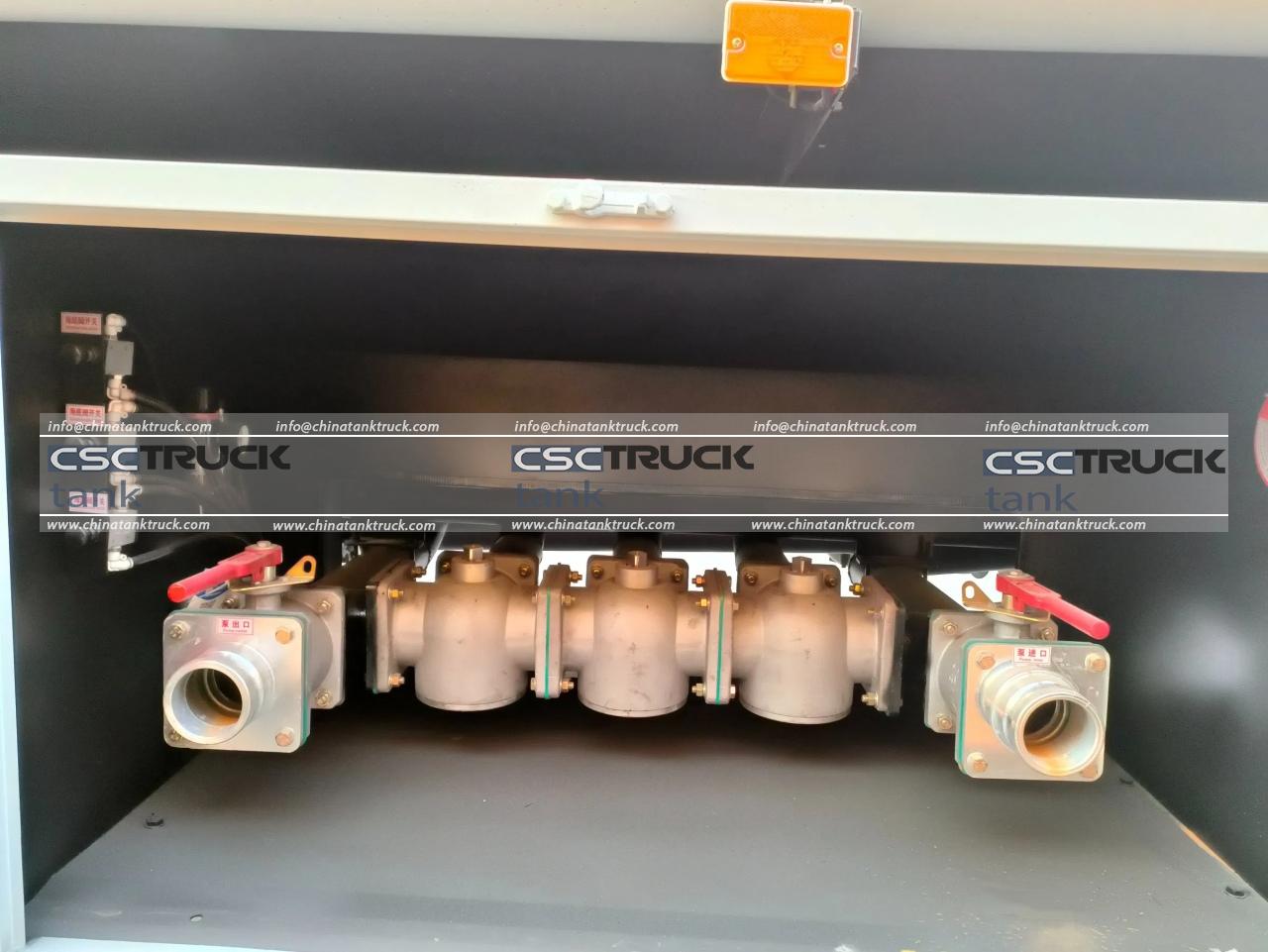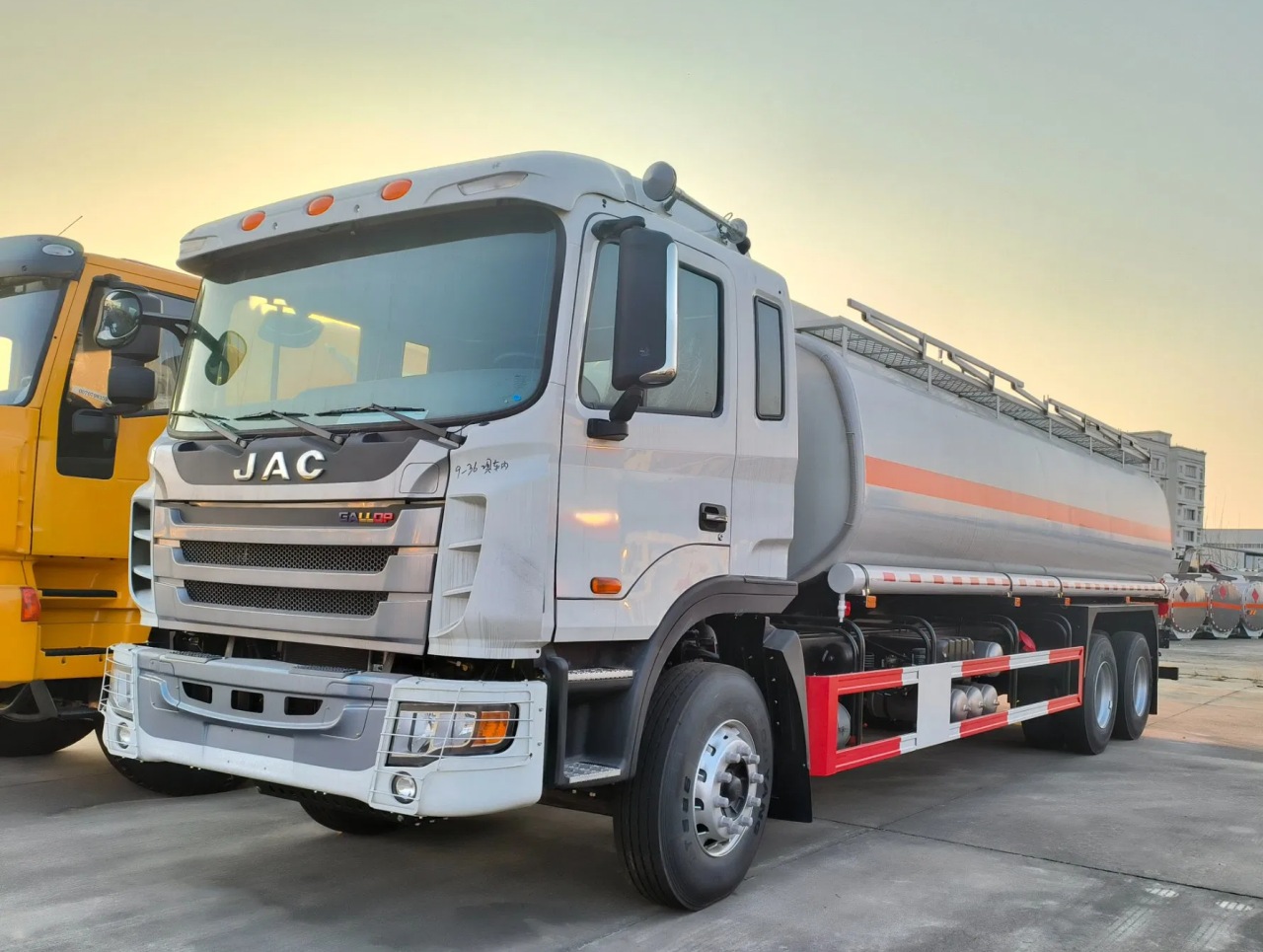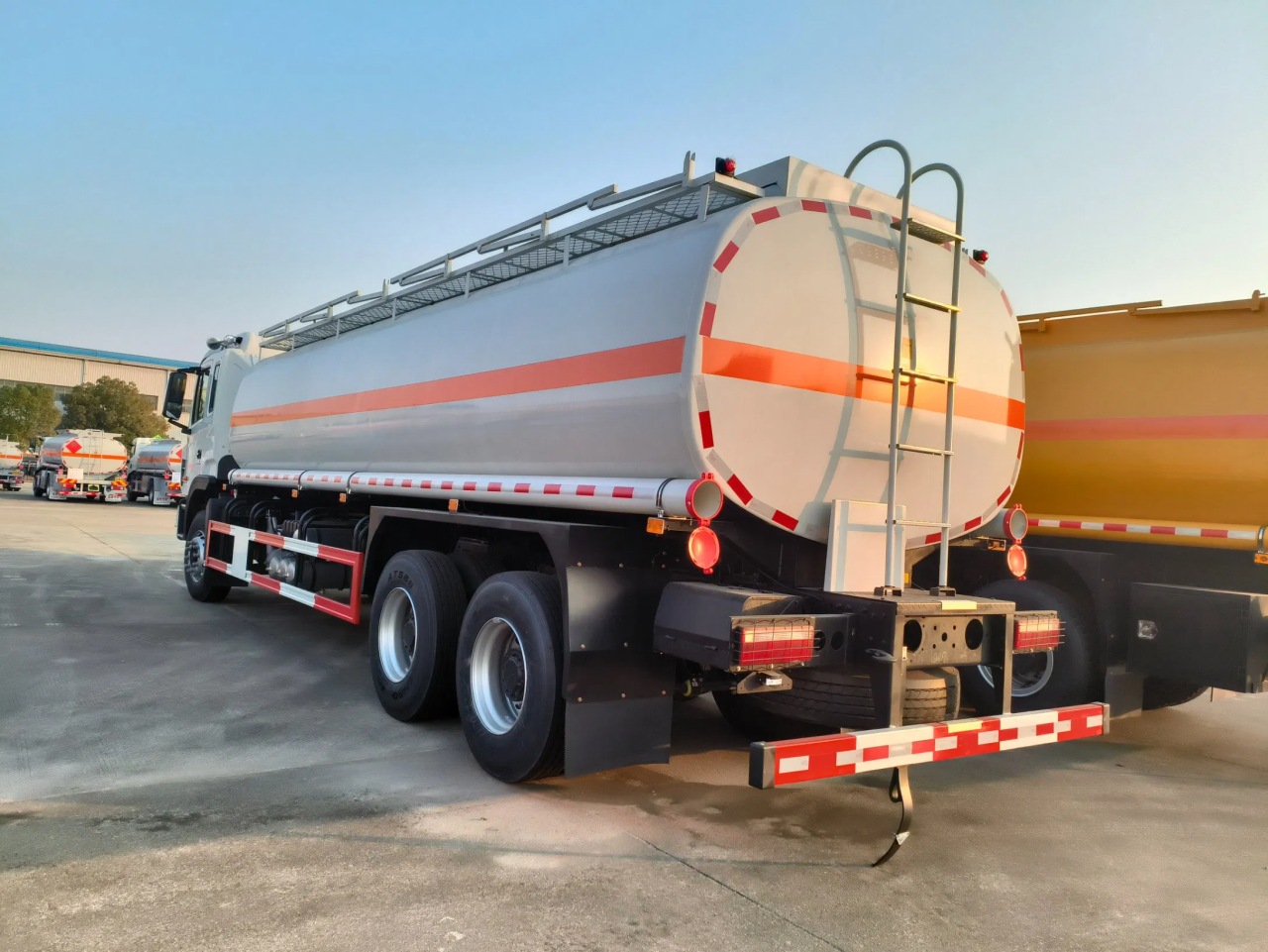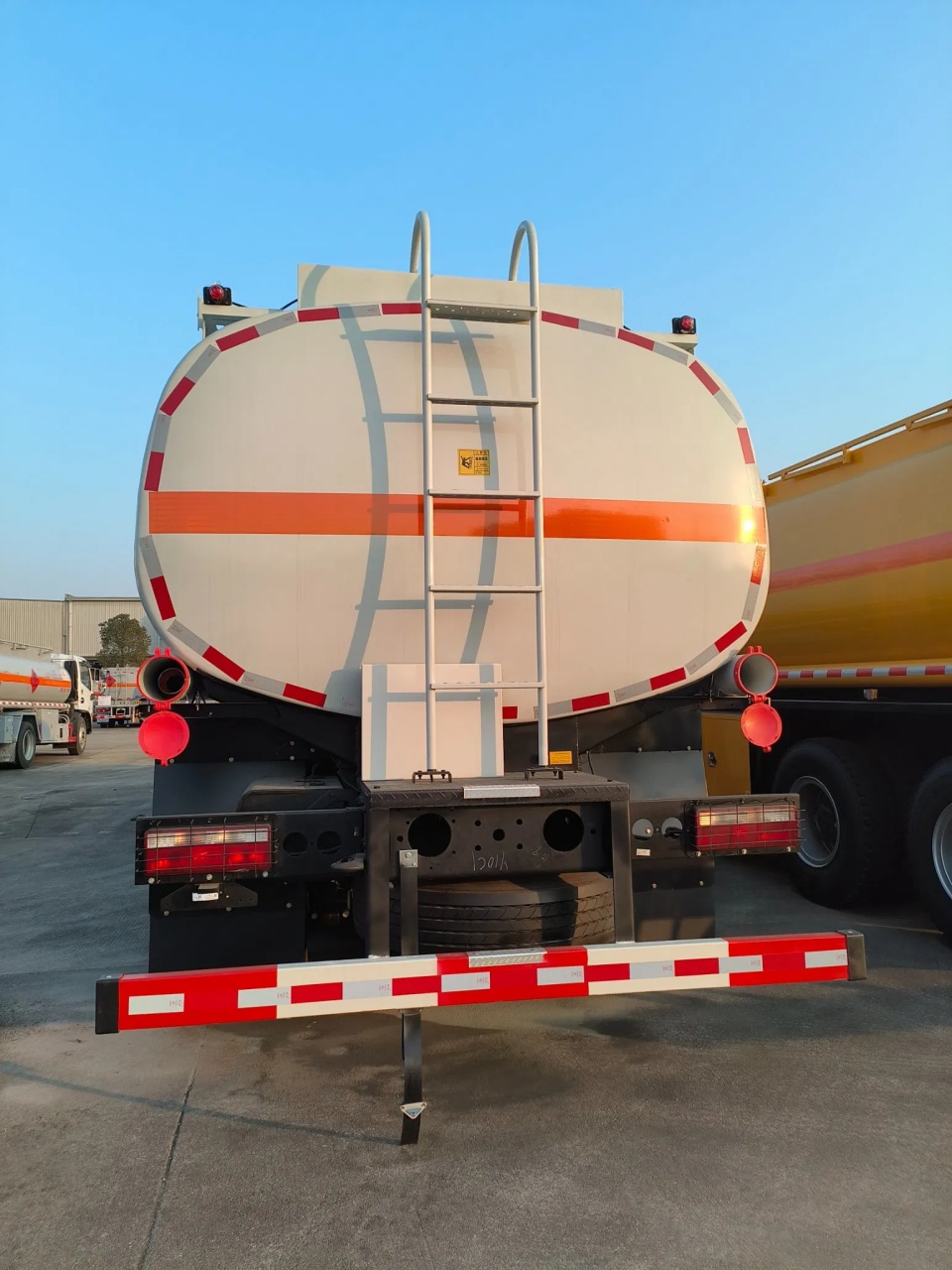In the realm of construction, mining, logistics, and large-scale agriculture, fuel management is a critical component of day-to-day operations. Among the many pieces of specialized equipment used to streamline this process is the diesel bowser—a mobile fuel dispensing unit that plays a vital role in delivering and managing diesel supplies across remote or sprawling work environments. While it may appear to be a simple tanker on wheels, the diesel bowser is an engineering solution designed for safety, convenience, and efficiency. But what exactly does a diesel bowser do? This article explores its core functions, applications, benefits, and the industries that rely on it.
What Is a Diesel Bowser?
A diesel bowser, also known as a diesel tanker or mobile fuel bowser, is a vehicle-mounted or trailer-mounted tank used to transport and dispense diesel fuel. It is equipped with pumping systems, flow meters, hoses, and dispensing nozzles to safely and efficiently transfer fuel from the tank to machinery, vehicles, or storage containers.
Diesel bowsers come in various sizes and configurations, ranging from small 500-liter tanks mounted on trailers for light-duty work to large truck-mounted units with capacities exceeding 10,000 liters for industrial-scale operations.
Core Functions of a Diesel Bowser
1. Fuel Transportation
The primary function of a diesel bowser is to transport diesel fuel from bulk storage or a fuel depot to operational sites. In large-scale industrial or rural environments where direct access to refueling stations is impractical or impossible, diesel bowsers serve as a mobile solution to bridge this gap.
2. On-Site Refueling
Diesel bowsers allow for on-site refueling of construction equipment, mining machinery, generators, agricultural vehicles, and fleet trucks. This minimizes downtime, increases productivity, and ensures that fuel is always available where it’s needed most.
3. Fuel Dispensing
Equipped with pumps and meters, diesel bowsers accurately dispense fuel in controlled amounts. This is essential for managing fuel consumption, preventing waste, and ensuring safety compliance. Some units also include digital meters and automated recording systems for better inventory management.
4. Fuel Storage
In remote or temporary worksites, diesel bowsers can act as mobile fuel storage tanks, maintaining a reserve of fuel that can be used as needed. This is particularly useful during emergencies or in areas with irregular fuel supply chains.
Industries That Use Diesel Bowsers
Diesel bowsers are indispensable in industries that depend heavily on diesel-powered machinery. Here’s a look at some key sectors:
1. Construction
Construction sites often span large areas and use heavy machinery such as excavators, bulldozers, and cranes. These machines consume large amounts of fuel daily. Diesel bowsers allow construction managers to refuel equipment on-site, reducing the need for costly and time-consuming trips to fuel stations.
2. Mining
In the mining industry, diesel-powered vehicles and equipment are used for drilling, hauling, and excavation. Diesel bowsers navigate rough terrain to deliver fuel directly to machinery operating deep within mines or across vast mining concessions.
3. Agriculture
Farmers and agribusinesses use diesel bowsers to refuel tractors, combine harvesters, irrigation pumps, and other agricultural equipment spread across fields. A diesel bowser enables flexible, convenient, and timely refueling without disrupting daily farming operations.
4. Logistics and Transport
Logistics companies with large fleets of trucks often use diesel bowsers at depots or parking yards to refuel multiple vehicles quickly. This helps improve fleet efficiency and ensures trucks depart fully fueled for long-haul journeys.
5. Emergency and Military Operations
Diesel bowsers are also used in disaster relief efforts, field hospitals, and military bases to provide reliable mobile fuel sources for vehicles, generators, and heating systems.
Key Components of a Diesel Bowser
A diesel bowser is more than just a tank on wheels. Here are some of its essential components:
- Fuel Tank: Made of steel or aluminum and often internally baffled to reduce sloshing. Tanks are typically designed to meet ADR (Accord Dangerous Routier) or other fuel transport regulations.
- Pump System: Electric or engine-driven pumps facilitate the transfer of diesel fuel from the tank to the receiving equipment.
- Dispensing Hose and Nozzle: High-quality hoses with secure nozzles ensure precise and safe fuel dispensing.
- Flow Meter: Digital or mechanical meters monitor how much fuel is dispensed, aiding in accurate tracking and billing.
- Filtration System: Ensures that contaminants are removed before fuel is delivered to sensitive engine systems.
- Spill Prevention and Safety Equipment: Includes emergency shut-off valves, fire extinguishers, grounding cables, and spill kits to ensure safety.
Advantages of Using a Diesel Bowser
1. Improved Operational Efficiency
Diesel bowsers reduce the downtime associated with off-site refueling, allowing work to continue uninterrupted. This is especially beneficial for time-sensitive industries like construction and agriculture.
2. Cost Savings
Mobile fueling minimizes fuel wastage and transportation costs. Centralized control over diesel distribution also helps prevent fuel theft and mismanagement.
3. Enhanced Safety
Purpose-built diesel bowsers are designed with safety features that comply with hazardous material handling regulations. This reduces the risk of spills, fires, and environmental contamination.
4. Fuel Management and Tracking
With modern bowsers, companies can keep detailed logs of fuel usage per vehicle or machine, which helps with budgeting, maintenance planning, and environmental reporting.
Environmental and Regulatory Considerations
Transporting and dispensing diesel is regulated by strict environmental and safety laws in many jurisdictions. Diesel bowsers must adhere to standards for fuel containment, leak prevention, and hazardous goods transportation. Proper maintenance and operator training are also essential to reduce environmental risks and ensure compliance.
Modern bowsers are increasingly being designed to reduce emissions and feature components that minimize spillage. Some advanced models even integrate telematics systems to track fuel delivery in real time and ensure compliance with green operational standards.
Conclusion
A diesel bowser is a vital asset in industries that depend on diesel-powered equipment and vehicles. By combining transportation, storage, and dispensing in a single mobile unit, it ensures that fuel is always available at the point of need. Whether on a construction site, a remote farm, or a massive mining operation, the diesel bowser provides the mobility, flexibility, and efficiency required to keep operations running smoothly. As industries continue to evolve, so too will the technologies integrated into diesel bowsers, making them even more efficient, safer, and environmentally friendly in the years ahead.





